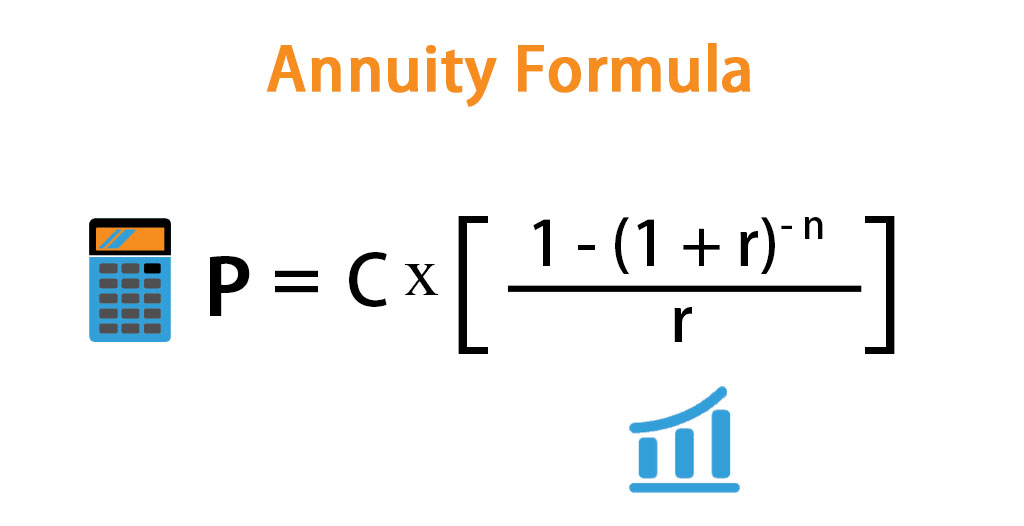
Have you been preparing for retirement by making regular deposits into an account? First enter the amount of the payment that you’ve been making, the account’s interest rate, the number of years you’ve been making these deposits, and the payment interval. The easiest way to understand the difference between these types of annuities is to study a simple case. Let’s presume that you will receive $100 annually for three years, and the interest rate is 5 percent; thus, you have a $100, 3-year, 5% annuity. Present value calculations can be complicated to model in spreadsheets because they involve the compounding of interest, which means the interest on your money earns interest.
Calculating the Future Value of an Ordinary Annuity
Also note that some calculators will reformat to accommodate the screen size as you make the calculator wider or narrower. Note that the Help and Tools panel will be hidden when the calculator is too wide to fit both on the screen. Moving the slider to the left will bring the instructions and tools panel back into view. Clicking the “Reset” button will restore the calculator to its default settings. I promise not to share your email address with anyone, and will only use it to send the monthly update.

Rate Per Period
- If you’re making regular payments on a mortgage, for example, calculating the future value can help you determine the total cost of the loan.
- Regardless, it is clear that an annuity investment—independent of your personal level of risk tolerance—can be a very lucrative investment.
- By definition, net present value is the difference between the present value of cash inflows and the present value of cash outflows for a given project.
- When calculating the present value (PV) of an annuity, one factor to consider is the timing of the payment.
It calculates the difference between the present value of cash inflows and outflows over a period. Basically, it helps decide if an investment is worth it by considering both the amount of money made and the time value of money. Select the Show more annual cash flows checkbox of this NPV calculator to find the net present value of up to ten cash flows (investment and nine cash inflows). If you want to take into account more cash flows, we recommend you use a spreadsheet instead.
What’s the Difference Between the Present Value and Future Value?
The discount rate is an assumed rate of return or interest rate that is used to determine the present value of future payments. An annuity is a binding agreement between you and an insurance company that aids in meeting how to adjust an entry for unearned revenue chron com your monetary goals at retirement. They usually require that you make an initial lump sum payment or a series of scheduled payments, in exchange for the insurer paying to you periodic payments at a future date.
Everything You Need To Master Financial Modeling
In general, types of annuities are classified according to the following features. Julia Kagan is a financial/consumer journalist and former senior editor, personal finance, of Investopedia. As a starting point, let’s have a brief overview of the specific terms you can find in our calculator.
I gave up trying to support other web browsers because they seem to thumb their noses at widely accepted standards. My course, Expectancy Wealth Planning, has been called “the best financial education on the internet” and provides all the knowledge you’ll ever need to build the life — and retirement — of your dreams. Since the future can never be known there is always an element of uncertainty to the calculation despite the the scientific accuracy of the calculation itself. That’s because the impact to your net worth of $7,129.86 today is roughly equal to $10,000 in 5 years net of inflation and interest. In other words, you would view $7,129.86 today as being equal in value to $10,000 in 5 years, based on the same assumptions.
To calculate the present value of an annuity you can use one of several formulas, depending on the type of annuity. Note that the present annuity calculator can deal exclusively with fixed immediate annuities. Future value (FV) is the value of a current asset at a future date based on an assumed rate of growth. It is important to investors as they can use it to estimate how much an investment made today will be worth in the future.
There can be no such things as mortgages, auto loans, or credit cards without PV. The present value of an annuity is determined by using the following variables in the calculation. Assuming that the term is 5 years and the interest rate is 7%, the present value of the annuity is $315,927.28. Use this calculator to find the present value of annuities due, ordinary regular annuities, growing annuities and perpetuities. Note that there are other methods to find the outstanding balance on a loan, but the method illustrated above is generally considered the easiest. We should note that many finite mathematics and finance books develop the formula for the present value of an annuity differently.
An ordinary annuity is a series of recurring payments that are made at the end of a period, such as payments for quarterly stock dividends. An annuity due, by contrast, is a series of recurring payments that are made at the beginning of a period. Similarly, the formula for calculating the PV of an annuity due takes into account the fact that payments are made at the beginning rather than the end of each period. FV is a measure of how much a series of regular payments will be worth at some point in the future, given a specified interest rate. There are several ways to measure the cost of making such payments or what they’re ultimately worth. Read on to learn how to calculate the present value (PV) or future value (FV) of an annuity.
The formulas described above make it possible—and relatively easy, if you don’t mind the math—to determine the present or future value of either an ordinary annuity or an annuity due. Such calculations and their results can add confidence to your financial planning and investment decision-making. This present value calculator can be used to calculate the present value of a certain amount of money in the future or periodical annuity payments. However, in practice and in everyday life annuity meaning takes a more explicit form. Buying an annuity usually refers to investment plans, for example insurance products, that provide a steady stream of income in retirement.
